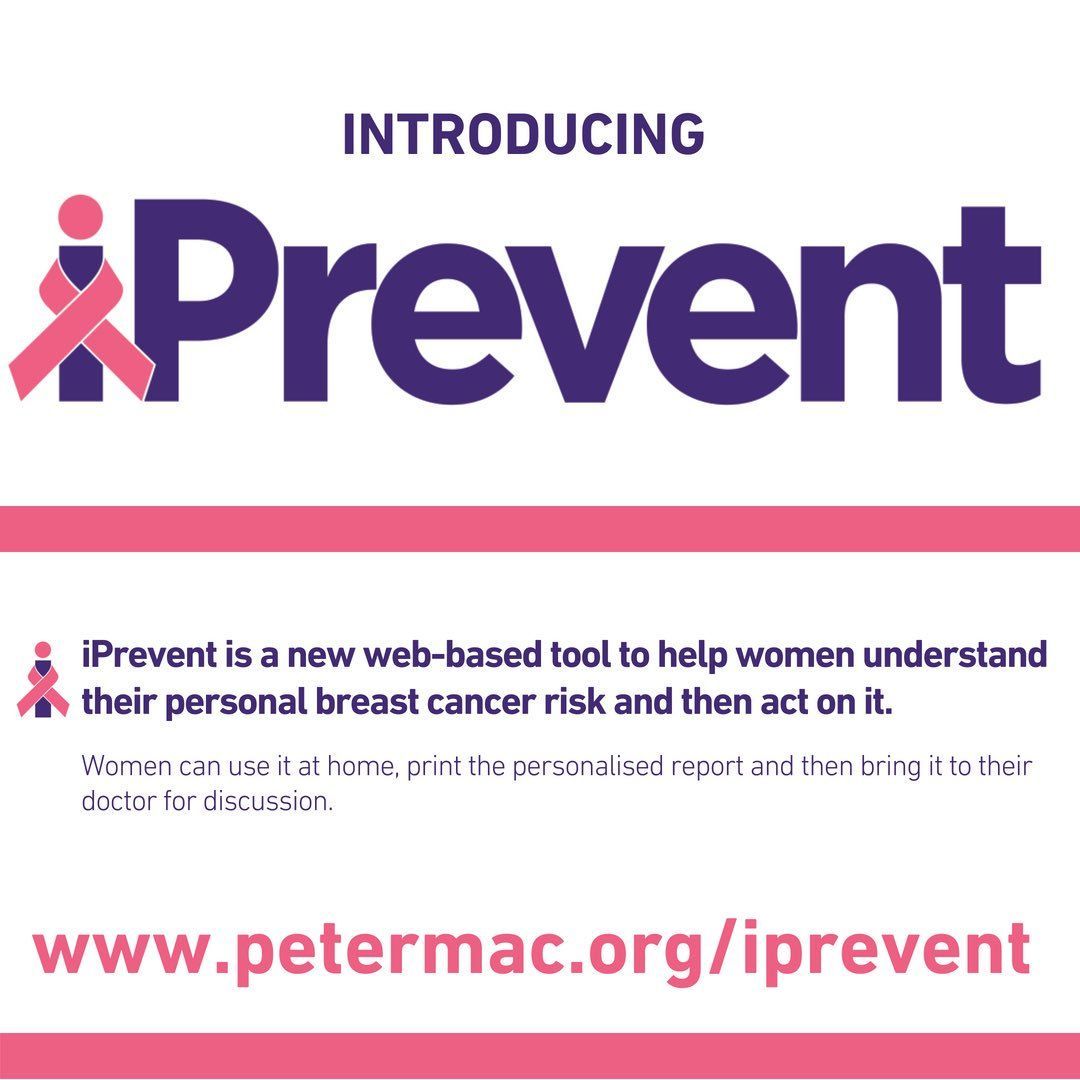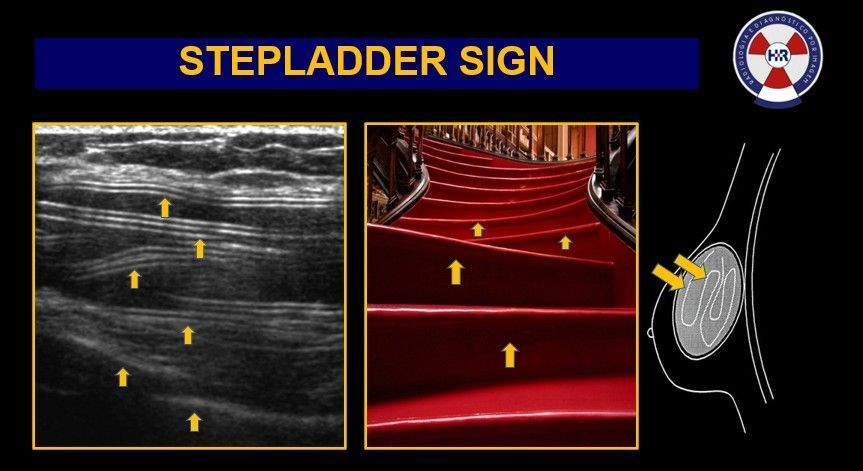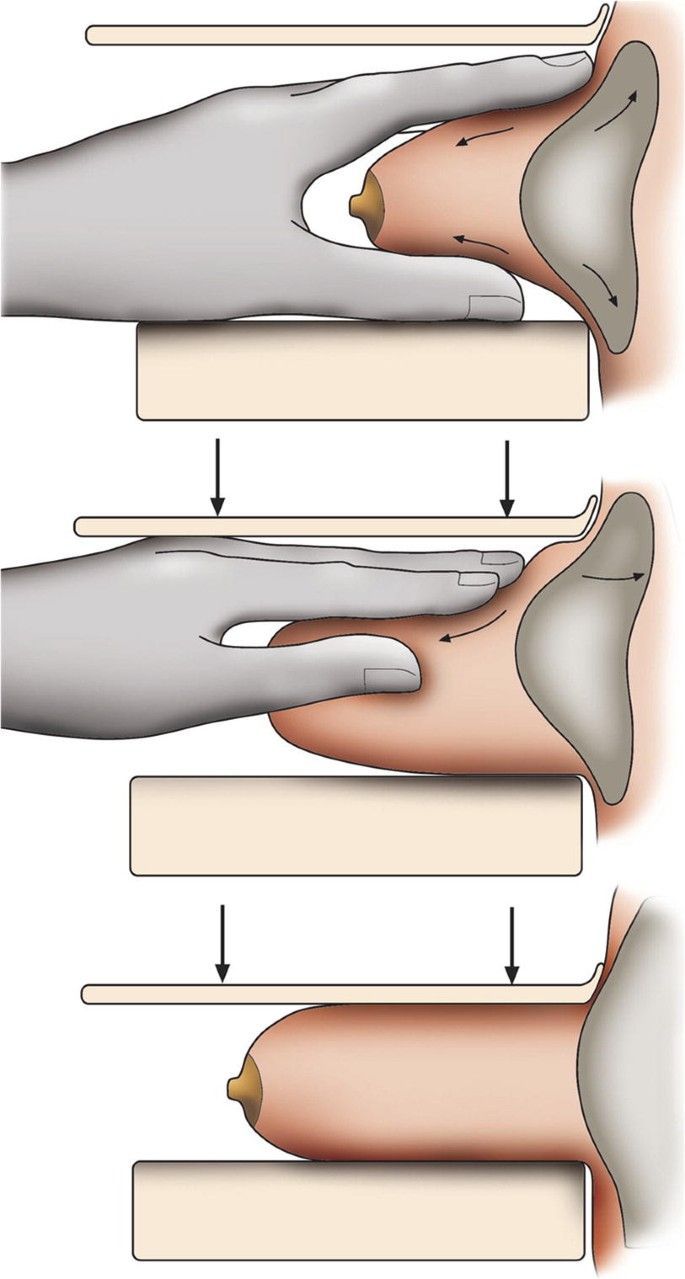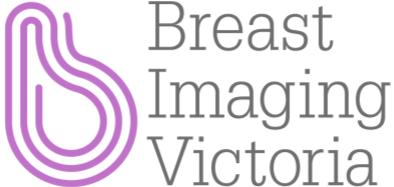Men Breast Awareness
It’s Time for Men to Be Breast Aware Too!
October’s Breast Cancer Awareness Month serves as a crucial reminder that breast cancer isn’t confined to women. While less common in men, around 200 men are diagnosed with breast cancer each year in Australia alone, making it essential for everyone to be aware of the risks and symptoms.
Understanding Male Breast Cancer:
Despite its rarity, male breast cancer often goes unnoticed until it's more advanced, primarily due to lower awareness and less frequent screenings. Men have less breast tissue, which means symptoms might be easier to detect but are often overlooked.
Symptoms in Men Include:
- A painless lump or thickening in the breast tissue.
- Changes to the skin over the breast like dimpling, puckering, redness, or scaling.
- Changes to the nipple, such as redness, scaling, or inversion.
Risk Factors:
- Older age, with most cases diagnosed in men between 60 and 70.
- Family history of breast cancer.
- Genetic mutations, particularly in the BRCA2 gene.
- Exposure to estrogen through medication or other treatments.
Diagnostic Process:
Men undergo the same diagnostic processes as women when symptoms are present. At Breast Imaging Victoria, we typically start with an ultrasound to assess any palpable lumps. Depending on the ultrasound findings, a mammogram may be necessary to further evaluate the area.
Call to Action:
Men, if you notice any changes in your breast tissue, don’t wait to seek medical advice. Early detection is vital and can significantly enhance treatment options and outcomes. Contact your healthcare provider if you have any concerns, and remember, taking action can save lives.
At Breast Imaging Victoria, we are dedicated to providing expert breast imaging for everyone. Stay informed and take charge of your health.




